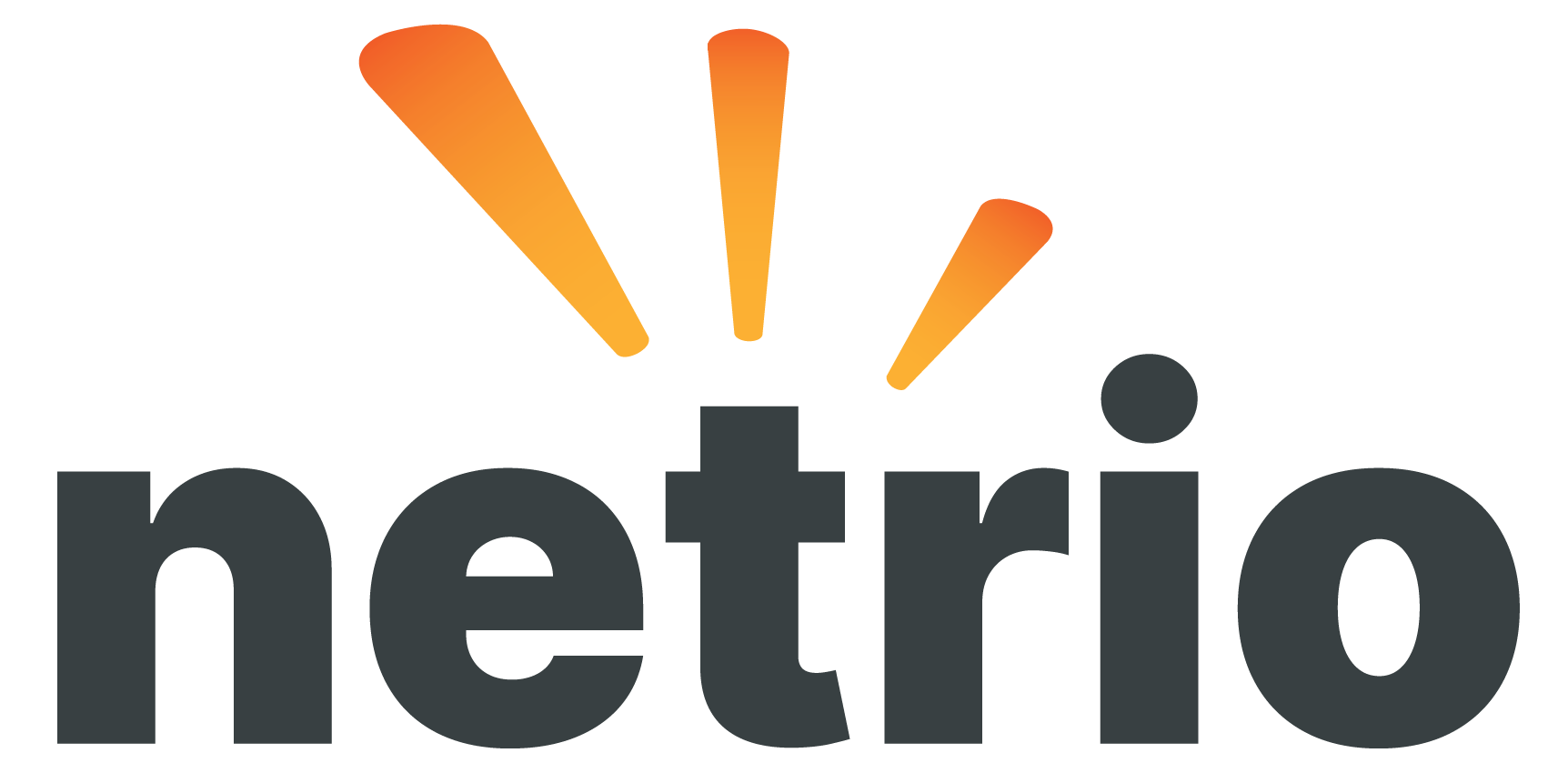By: Brian DeVault
IT Management tools play a huge role in the success of outsourced Managed IT. Without adopting software, the operation is not efficient and therefore, will cause headaches between you and your outsourced service provider.
Deploying Software Tools
Now that we have gone through the process of defining the assets, documenting, and improving processes, it is time to deploy software tools. The tools are going to help us manage the environment and enable the outsourced provider to continue discovery.
Utilizing RMM Tools
At NETRIO, we use RMM tools that are SaaS based. RMM stands for “remote monitoring and management.” This allows multi-site businesses to centralize all IT support functions at one location.It’s a piece of software that’s cloud-based and uses agents that we install within the environment to complete various tasks. RMM tools that are SAS based are going to monitor all of the telemetry that’s going on inside that piece of hardware. For example, CPU utilization, Ram utilization, and disk space utilization — just to name a few. The remote monitoring enables MSPs to access equipment on the client’s site as if they were actually on site and in the building.
5 Advantages To Utilizing IT Management Tools
- Complete Solution: RMM provides a comprehensive patch management solution in one simple place, ensuring the MPS doesn’t need multiple tools to keep your programs up to date.
- Quick approvals: Manually approve patches in batch across sites, networks, and servers.
- Automation: Auto-approve patches based on the gravity of the issue.
- Scheduling: Allows MSP to set patching windows so the software can be updated without any disruptions.
- Reporting: NETRIO provides clear reports with the help of IT management tools.
NETRIO’s Proactive Management
At NETRIO, we take a proactive management approach. NETRIO was founded on being an outsourced NOC for service providers. This gives us a leg up because we are able to quickly and efficiently troubleshoot quicker than our competition.
Because of this, we are able to define all of our customers inside our multitenant environment and keep each customer’s data isolated. From a management perspective, our agents within our managed IT services organization are able to view these independently. All of this information is displayed for our IT teams in our NOC. We are able to deploy numerous sensors in each environment, and consequently, we are able to roll it all back into our RMM provider in the cloud.
In the NOC, we are able to see all of our customers’ data on a grid. As a result, when you have an asset that goes down, it’s going to show up red. This will alert our managed IT Services group by way of creating an incident within our incident management system. It will then pop into the queue as a tier-one issue that a device is down. This is the NETRIO difference and what really sets us apart from other providers.
Deploying the right software is the natural next step in the onboarding process for IT Management. Once we deploy the RMM tool, the customer will inherit all the policies that NETRIO has applied as part of our best practices.
This blog post is part of NETRIO’s weekly White Board Wednesday series. Follow along on Linkedin and YouTube each week as Brian and Mike discuss use cases, new technology, and trends. The goal is to provide insights for enterprise customers and channel partners, trying to solve complex problems using technology.

